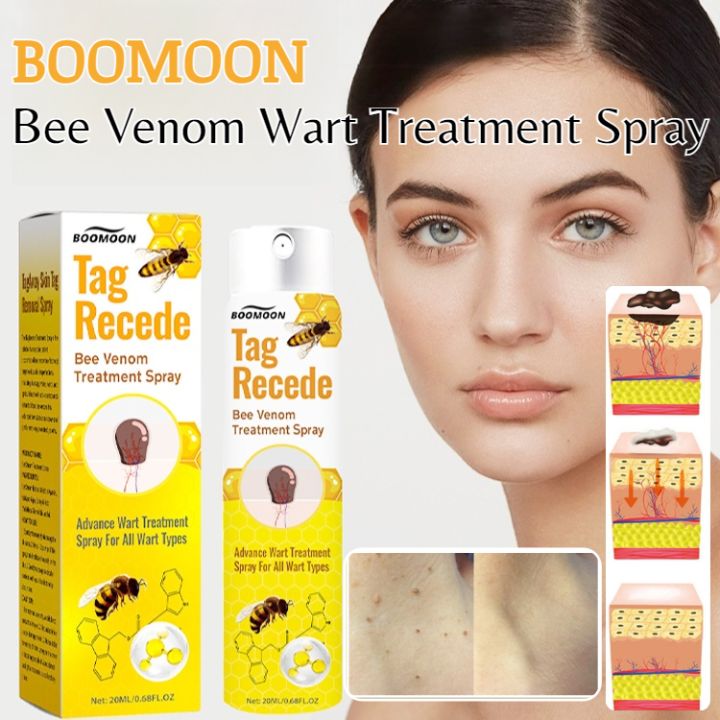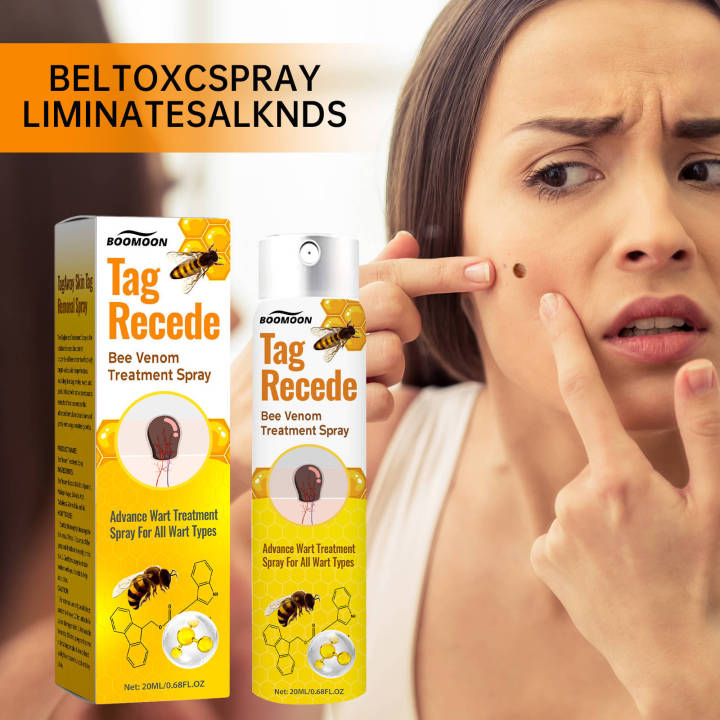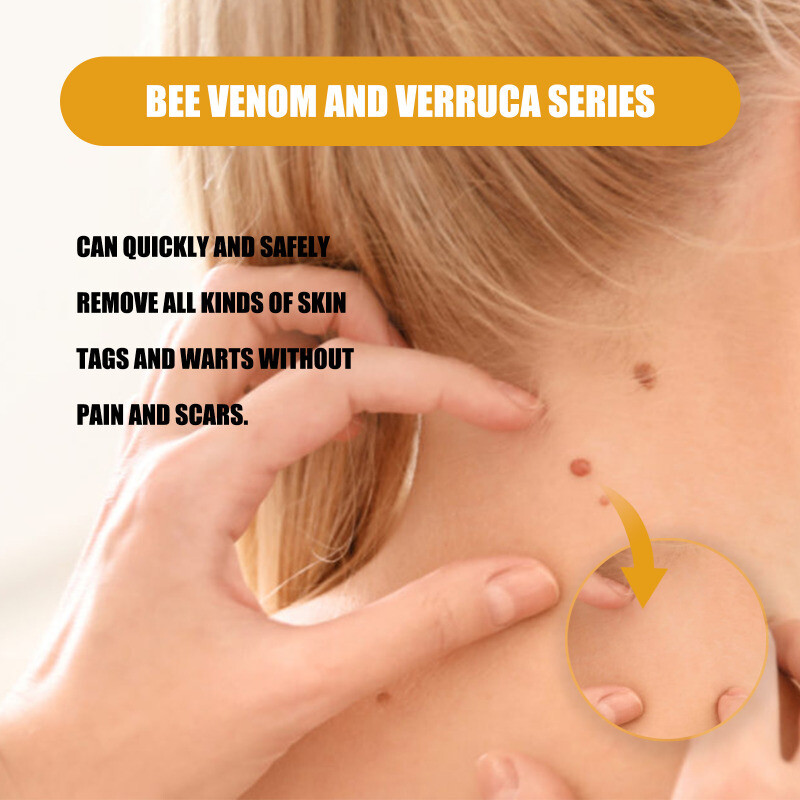Best Bee Venom For Skin Tags

The ancient practice of apitherapy, utilizing bee products for medicinal purposes, has seen a resurgence in interest, particularly regarding its potential dermatological applications. Among these, the use of bee venom for skin tag removal has garnered attention, prompting both excitement and caution within the medical community and among consumers.
This article aims to explore the current understanding of bee venom's efficacy and safety in treating skin tags, examining available research and expert opinions to provide a balanced perspective on this emerging trend. It will delve into the mechanisms by which bee venom is proposed to work, the potential risks involved, and the recommendations of dermatologists regarding its use.
What is Bee Venom and How Might it Work?
Bee venom, or apitoxin, is a complex mixture of biologically active compounds produced by worker bees. Melittin, a potent peptide, is the primary component, known for its inflammatory and cytotoxic properties.
Other constituents include enzymes like hyaluronidase and phospholipase A2, as well as peptides such as apamin and mast cell degranulating peptide. The potential mechanism behind bee venom's alleged effect on skin tags lies in its ability to induce localized inflammation and cell death.
This targeted cellular destruction, proponents suggest, could lead to the gradual breakdown and eventual disappearance of the skin tag. However, this remains largely theoretical and requires substantial scientific validation.
The Current State of Research
Currently, limited rigorous scientific research directly supports the claim that bee venom is an effective treatment for skin tags. Most of the available evidence is anecdotal, stemming from individual experiences or traditional medicine practices.
Several studies have investigated the anti-inflammatory and analgesic properties of bee venom in other contexts, such as arthritis and pain management. However, these findings cannot be extrapolated to conclude its efficacy against skin tags.
Dermatological studies on bee venom have primarily focused on its potential in treating skin conditions like acne and psoriasis, not specifically skin tags. Therefore, further research, specifically designed to evaluate bee venom's effect on skin tags, is crucial.
Expert Opinions and Concerns
Dermatologists generally advise caution regarding the use of bee venom for skin tag removal. Dr. Emily Carter, a board-certified dermatologist, states, "While bee venom contains compounds that could theoretically impact skin tags, the lack of conclusive scientific evidence makes it difficult to recommend. Self-treating with bee venom carries significant risks."
One major concern is the potential for allergic reactions. Bee venom is a known allergen, and even individuals without a prior history of bee sting allergies could experience a severe reaction, including anaphylaxis. This could necessitate immediate medical attention.
Furthermore, the uncontrolled nature of self-application raises concerns about infection and scarring. Improper application or using unregulated bee venom products could lead to adverse skin reactions, including inflammation, blistering, and permanent skin damage.
The Risks of DIY Treatments
Many proponents of bee venom for skin tags advocate for DIY treatments, which involve directly applying bee venom products purchased online or even attempting to extract venom from live bees. These practices are strongly discouraged by medical professionals.
The concentration and purity of bee venom in unregulated products can vary widely, making it difficult to predict their effect on the skin. Contamination with bacteria or other harmful substances is also a concern. The inconsistent strength and source of bee venom also makes it difficult to study scientifically.
Attempting to extract venom from live bees is particularly dangerous and can lead to painful stings and potential allergic reactions. The American Academy of Dermatology explicitly advises against such practices.
Safe and Effective Alternatives
Fortunately, several safe and effective methods for skin tag removal are available under medical supervision. These include cryotherapy (freezing with liquid nitrogen), surgical excision, electrocautery (burning off the skin tag), and ligation (tying off the base of the skin tag).
These procedures are typically performed in a dermatologist's office and offer a controlled and predictable outcome. They minimize the risk of complications like infection, scarring, and allergic reactions.
It is essential to consult with a dermatologist to determine the most appropriate method for skin tag removal based on individual factors such as skin type, location of the skin tag, and overall health.
Conclusion
While the potential of bee venom in dermatology is an area of ongoing research, its use for skin tag removal currently lacks sufficient scientific support. The risks associated with self-treating with bee venom, including allergic reactions, infection, and scarring, outweigh the potential benefits.
Individuals seeking skin tag removal should consult with a board-certified dermatologist to explore safe and effective treatment options. Professional medical guidance ensures a positive outcome and minimizes the risk of adverse events.
The allure of natural remedies is understandable, but when it comes to skin health, prioritizing evidence-based medicine and professional care is crucial.


















